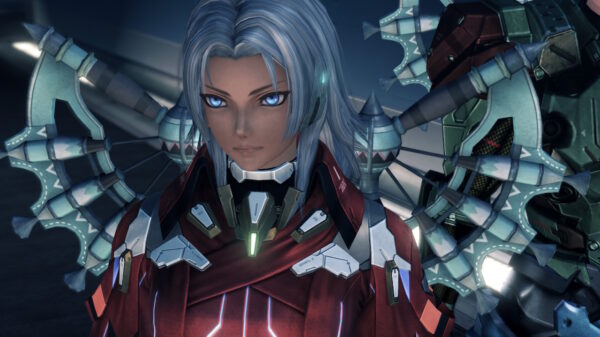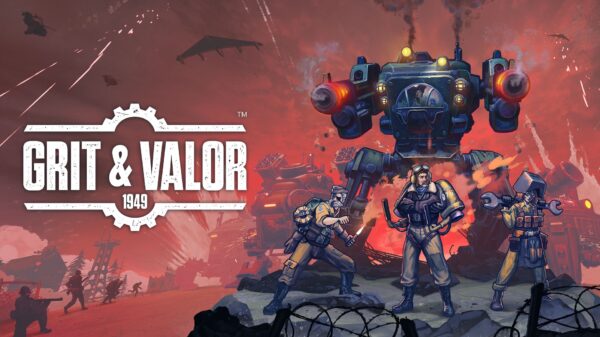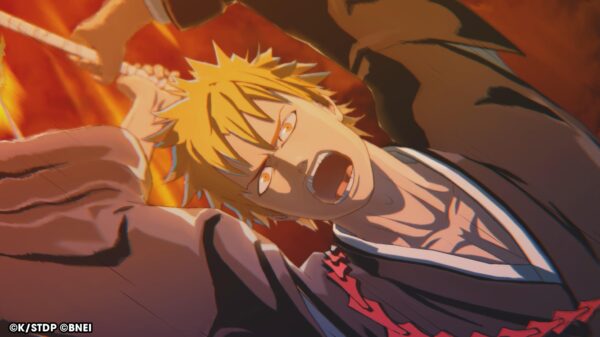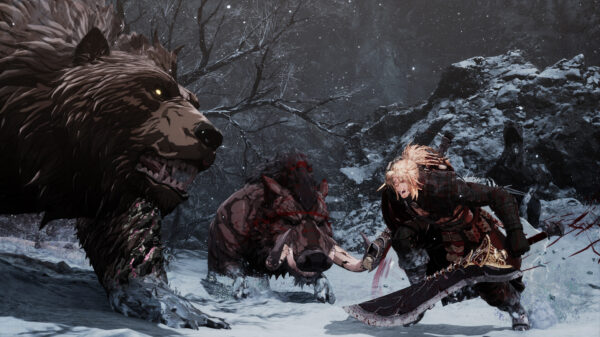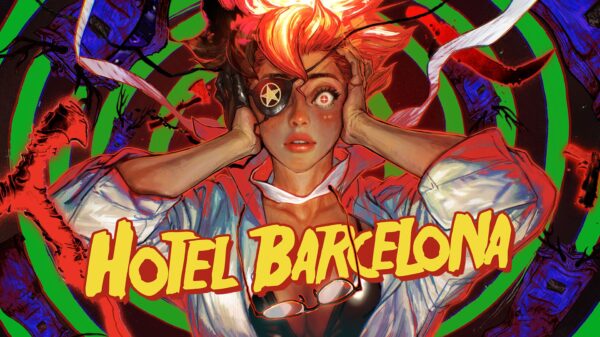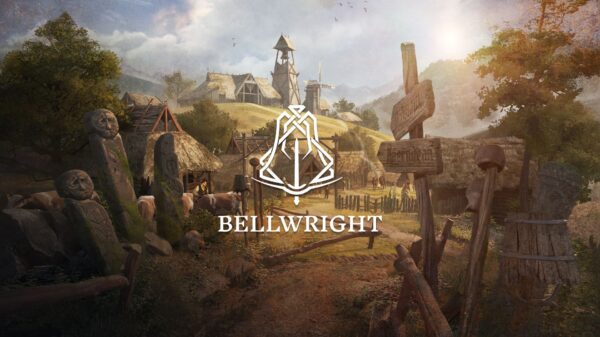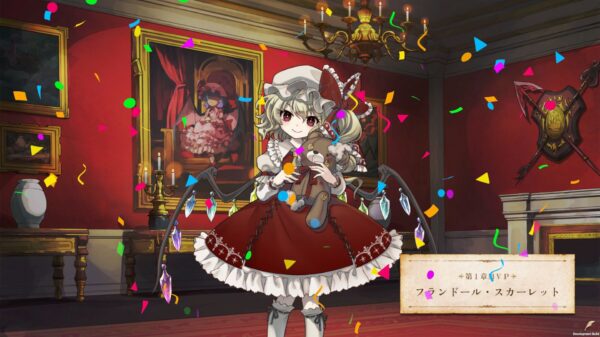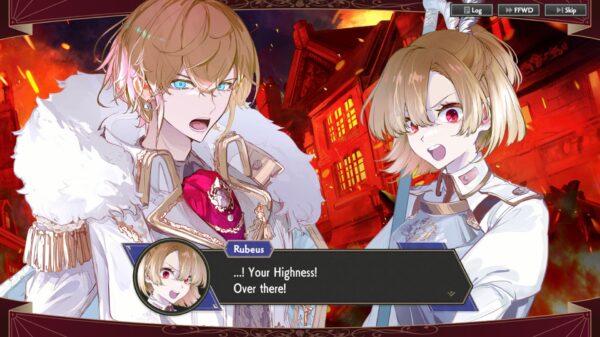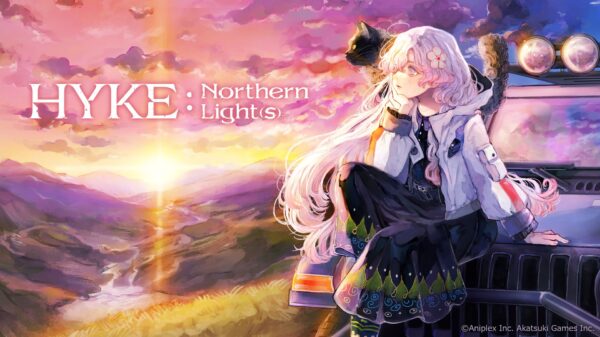Starwing was and still is, awesome. The initial blast of music dominates the atmosphere, compelling you to almost play in rhythm with the soundtrack. Witnessing the bizarre visual style for the first time in years is truly humbling. All those lines, all this colour, nostalgia overload. To its credit, the gameplay still stands up today, especially when the game is in full flow.
Darting between enemies, dancing around the incoming fire, it’s still such a rush. Starwing grew into one of the Super Nintendo’s iconic titles, spawning a popular franchise in the process. Gleefully blasting enemies away is always enjoyable. This was Nintendo at their most creative, at least for the time.
Holding Up
One feature that still stands out is how Starwing handled difficulty. There’s no choice between easy, normal and hard. Instead, players choose one of three routes, all of which play different, offering their own level of challenge. Replaying levels provides new experiences…at least for another two times.
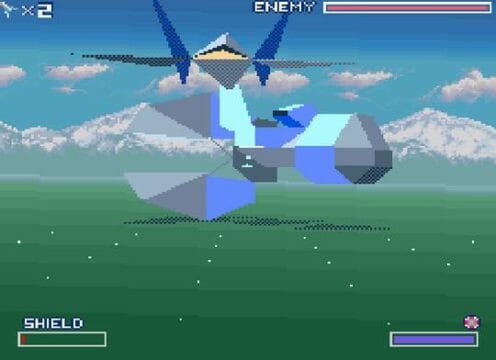
Even today, Starwing remains as a fine example of video games. It’s worth popping in just to see people’s reactions to the visuals. No matter how you look at it, the graphics still have an impact for obvious reasons. Remarks like ‘what the hell is this?’ is commonplace, but then they get some hands-on time with the game. Classic Nintendo, creating timeless gameplay that still produces satisfaction over twenty years later. When the music kicks in and the ships are in full flow, Starwing is undeniably scintillating.
History In The Making
Starwing is not simply a brilliant video game, it’s a major landmark in Nintendo’s history. The game was Nintendo’s first big push into 3D. For the time, Starwing was at the forefront of breaking ground on the console market. Creating such visuals on a cartridge was a bold move, even more so given the fierce competition Sega was offering at the time. While Sega dipped their toes into CD-based games with the view to harness 3D, Nintendo stood by their guns.
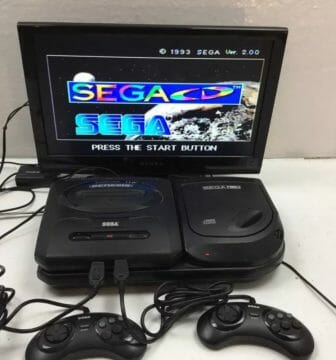
The Sega CD’s failures are well documented and further highlighted by a slew of Youtube content creators. and video game historians. Further competition from the likes of the 3DO soon rendered the Sega CD obsolete. Nintendo dodged a bullet, sticking to the cartridge proved to be a smart move. Starwing’s 3D visuals came to fruition, but only thanks to Nintendo’s relationship UK developer Argonaut.
The British Connection
Known for their work on Starglider and Birds of Prey, Argonaut was perfectly placed to help Nintendo. Comparing Starglider and Starwing side by side highlights obvious similarities. Argonaut’s role in the creation process was to craft a new graphics accelerator chip, allowing for the game to run.

Encased in the cartridge itself, Argonaut’s ‘Super FX’ chip provided the necessities for Starwing to run. This chip is a key reason why the game still feels amazing to play. It’s a nice piece of history that ties England (which was once a hotbed for video game development) and Nintendo together, resulting in a key moment for the industry’s timeline. The two would work together once again, producing another Super FX, which was used in Super Mario World 2.
Nintendo would go on to cancel Starwing 2, soon moving on to the next generation of consoles. Argonaut remained active despite seeing some of their staff join Nintendo. There were still cases of the two workings together in some capacity. A failed Mario spin-off resulted in Croc (more on that later). Unfortunately for Argonaut, they suffered major layoffs in late 2004, after a run of poor games. Their final works were Catwomen: The game, Power Drome and Malice. Their closure came in 2005.
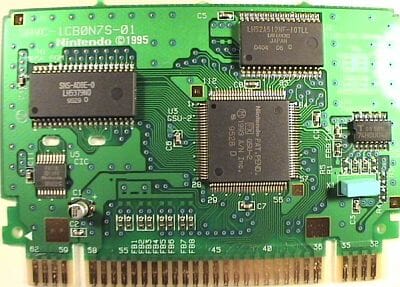
Starwing’s history is just as important as its timeless gameplay. A truly legendary game that stands as a cornerstone of the industry, as well as a key title in both Nintendo and the Super Nintendo’s legacy.

